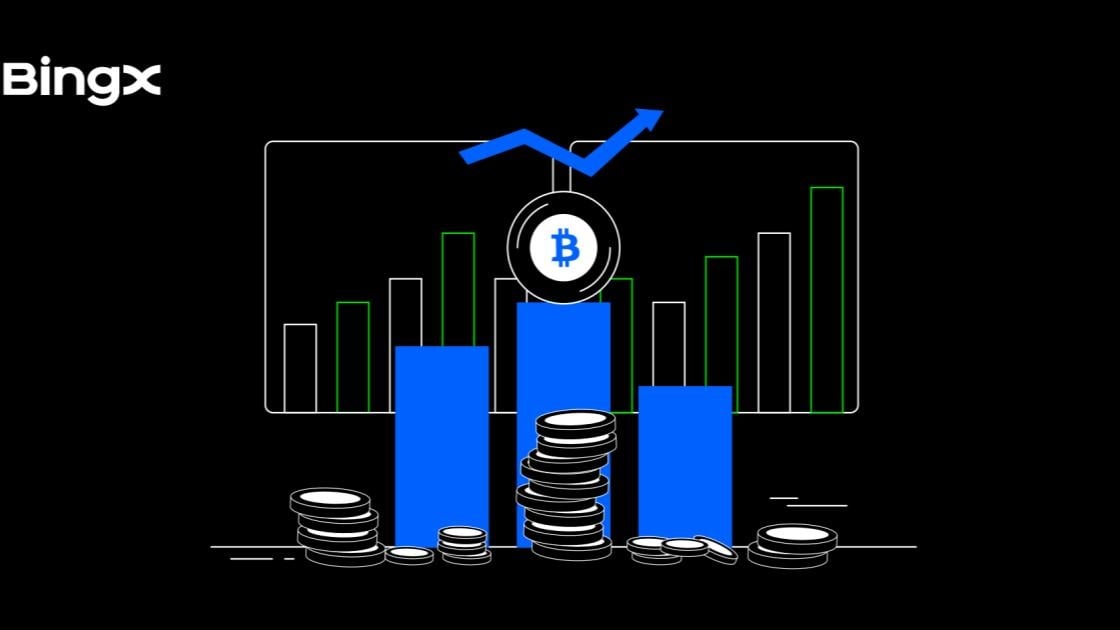Crypto traders operate in an environment of high volatility, making it essential to understand risk management strategies such as stop-loss and stop-limit orders. These trading tools help investors protect their assets from sudden market drops and lock in profits when necessary. But what is stop limit? How does it compare to stop-loss? Let’s break it down.
1. What Is Stop Limit? A Key Trading Strategy
Stop-limit orders are a vital tool in cryptocurrency trading, providing traders with greater control over their sell and buy orders. While stop-loss orders automatically trigger a sale when the price hits a predetermined level, stop-limit orders set both a stop price and a limit price, ensuring traders only sell at their desired price range.
1.1 Understanding Stop-Loss Orders
A stop-loss order is designed to limit losses by automatically selling an asset when its price drops to a specified level. This is particularly useful for long positions, where traders aim for price appreciation but want to protect their investments from sudden declines.
1.2 Example of a Stop-Loss Order
Imagine a trader purchases 1 Bitcoin at $40,000. The price surges to $50,000, but fearing a future drop, the trader places a stop-loss order at $45,000. If Bitcoin’s price falls to $45,000, the system automatically triggers a sale, minimizing potential losses. However, if the price quickly rebounds to $46,000, the trade remains executed even if the price recovers. This ensures the trader avoids further downside risks but may also lead to missing out on potential rebounds.
2. What Is Stop Limit? How It Differs from Stop-Loss
A stop-limit order combines the functions of stop-loss and limit orders by setting both a stop price and a limit price. This means that when the asset reaches the stop price, a limit order is placed rather than a market order. This strategy is useful for traders who want to avoid selling below a certain price in volatile markets.
2.1 Example of a Stop-Limit Order
Continuing with the Bitcoin example, let’s say the trader sets a stop-limit order with a stop price at $42,000 and a limit price at $40,000. If Bitcoin's price drops to $42,000, a sell order is placed, but the assets will only be sold at $40,000 or higher. If the price falls too fast and dips below $40,000, the assets remain unsold until the price rebounds above $40,000. This strategy helps traders avoid selling too low during sharp market downturns, ensuring they retain control over their exit points in unpredictable market conditions.
3. Why Stop-Loss and Stop-Limit Orders Matter in Crypto Trading
Crypto markets are known for rapid fluctuations, making stop-loss and stop-limit orders essential for managing risk. Without these tools, traders expose themselves to potentially devastating losses due to sudden price swings. Understanding what is stop limit and when to use it can significantly impact a trader’s success, ensuring a strategic approach to trading in volatile markets.
Stop-loss orders provide immediate protection by triggering an automatic sale at a set price, reducing the risk of further decline. These orders act as safety nets, ensuring traders exit a position before losses become excessive. However, they do not guarantee that the order will execute at the exact stop price, especially in fast-moving markets where prices can drop rapidly.
Stop-limit orders, on the other hand, offer more control by allowing traders to specify both a stop price and a limit price. This ensures that assets are only sold within a predefined price range, preventing the risk of executing a sale at an unacceptably low price. By using stop-limit orders, traders can protect their holdings from extreme volatility while still allowing room for potential price recovery.
Both stop-loss and stop-limit orders are valuable tools for managing risk in crypto trading. Traders must carefully assess market conditions and determine the appropriate strategy based on their risk tolerance and investment goals. Properly implementing these orders can help maximize profits while minimizing unnecessary losses in an unpredictable trading environment.
4. Potential Pitfalls of Stop-Limit Orders
While stop-limit orders provide more control, they come with risks. If the market moves too quickly, a stop-limit order may not be executed, leaving traders stuck with their assets at a lower price than intended. For example, consider a trader holding Bitcoin who sets a stop-limit order with a stop price at $40,000 and a limit price at $38,000. If Bitcoin's price falls to $40,000, the sell order is triggered, but the trade will only execute if the price remains at or above $38,000. However, if Bitcoin experiences a sudden drop to $36,000, the order won’t execute, leaving the trader holding Bitcoin at a significantly lower value than anticipated. This scenario highlights the importance of considering market volatility and liquidity before setting stop-limit orders.
5. Best Practices for Using Stop-Loss and Stop-Limit Orders
To maximize trading success, traders should understand market trends by using technical analysis to determine price movements before setting stop-loss or stop-limit orders. It is also crucial to set realistic stop and limit prices, avoiding stops that are too close to the current market price to prevent premature sales. Monitoring market volatility is another essential practice, as highly volatile markets can cause stop-limit orders to fail execution, requiring adjustments. Lastly, a balanced strategy that incorporates both stop-loss and stop-limit orders can provide the best risk management approach, ensuring traders have control over their investment strategies.
6. Final Thoughts
What is stop limit? It’s a powerful trading tool that, when used correctly, can help traders manage risk and optimize profits in volatile crypto markets. While stop-loss orders ensure assets are sold at a set price, stop-limit orders provide greater control over sale prices. By understanding these trading strategies and their applications, crypto traders can navigate market fluctuations with confidence and maximize their trading potential.
